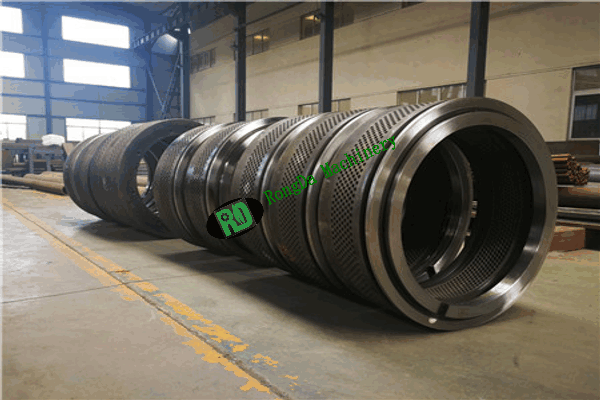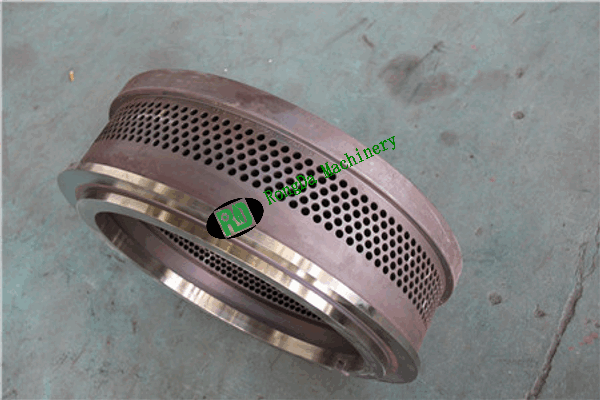Welcome to Rongda Machinery Co., Ltd
Toggle Navigation
Picture this: You've just fired up your brand-new biomass pellet machine, and within a few days, crack! The mold splits right down the middle. Your first instinct? Call up the manufacturer and demand answers. But hold on – before pointing fingers, let's dig into what's really going on here.

Here's the thing about pellet machine molds – they don't just roll off the assembly line without some serious prep work. Most decent manufacturers put these things through the wringer with forging and quenching processes that would make a blacksmith proud. We're talking about heat treatment that needs to hit specific hardness targets, quality checks at multiple stages, and batch testing that's frankly exhausting to even think about.
Now, I'm not saying every manufacturer out there is playing by the rules. You've got your solid companies that treat quality control like a religion, and then you've got the fly-by-night operations that might cut a corner here and there. But the reputable ones? They can't afford to mess around – one bad batch of molds hitting the market could tank their reputation overnight.
Let me walk you through what actually breaks these molds, because it's rarely what you'd expect:
Contamination headaches – You know that saying about one bad apple? Well, one piece of metal hiding in your sawdust can wreak absolute havoc. I've seen operators fish out everything from bolts to wire fragments from their raw material. These little surprises don't just bounce off – they create pressure points that can split a mold faster than you can say "quality control."
The moisture mystery – Raw materials with inconsistent moisture content are like that friend who can't make up their mind. One minute you're dealing with bone-dry chips, the next you've got soggy mess. This inconsistency makes the compression process go haywire, putting stress on the mold in all the wrong places.
Jam-ups and shutdowns – When your machine decides to take an unscheduled break (aka gets stuck), the pressure doesn't just magically disappear. It builds up, and guess what takes the brunt of it? Yep, your mold. It's like trying to force a cork back into a wine bottle – something's got to give.
The gap game – Setting the gap between your press roller and mold is part art, part science, and part prayer. Too tight, and you're asking for trouble. Too loose, and you might as well be throwing money out the window. Get it wrong, and your mold pays the price.
Mismatched components – Sometimes the roller and mold just don't play nice together. It's like forcing puzzle pieces that almost fit – they'll work for a while, but eventually, something's going to crack under the pressure.
Here's where things get interesting from a business standpoint. Molds are what we call "consumable parts" – they're designed to wear out eventually, kind of like the tires on your car. Most manufacturers make this pretty clear upfront, though I'll admit the fine print isn't always as clear as it should be.
If your mold fractures because the heat treatment was botched or they used subpar materials, then yeah, that's on the manufacturer. But if it breaks because of how it was used? That's typically going to fall on the operator's shoulders.
The pellet machine business runs on relationships, not just transactions. I've seen plenty of situations where a mold cracked, and both sides sat down like adults to figure out what happened. Good manufacturers understand that keeping customers happy sometimes means going beyond what the warranty technically covers.
The key is approaching these situations with realistic expectations and open communication. Nobody wants to deal with broken equipment, but it happens. How everyone handles it afterward usually determines whether you've got a long-term partnership or a one-time transaction.

Original Issues Identified:
Overly formal structure – The original read like a technical manual rather than industry advice
Repetitive phrasing – Too many sentences started with "If" or followed identical patterns
Lack of personality – No conversational tone or personal experience references
Bullet-heavy formatting – Very list-oriented rather than flowing narrative
Corporate-speak – Phrases like "Generally speaking" and "Therefore" felt stiff
No emotional connection – Missing the frustration operators actually feel
Human-like Improvements Made:
Added conversational openers and scenario-setting
Included industry slang and casual expressions
Created analogies that relate to everyday experiences
Varied sentence structure and length naturally
Added personal observations ("I've seen..." statements)
Used more direct, less formal transitions
Included emotional context about business relationships